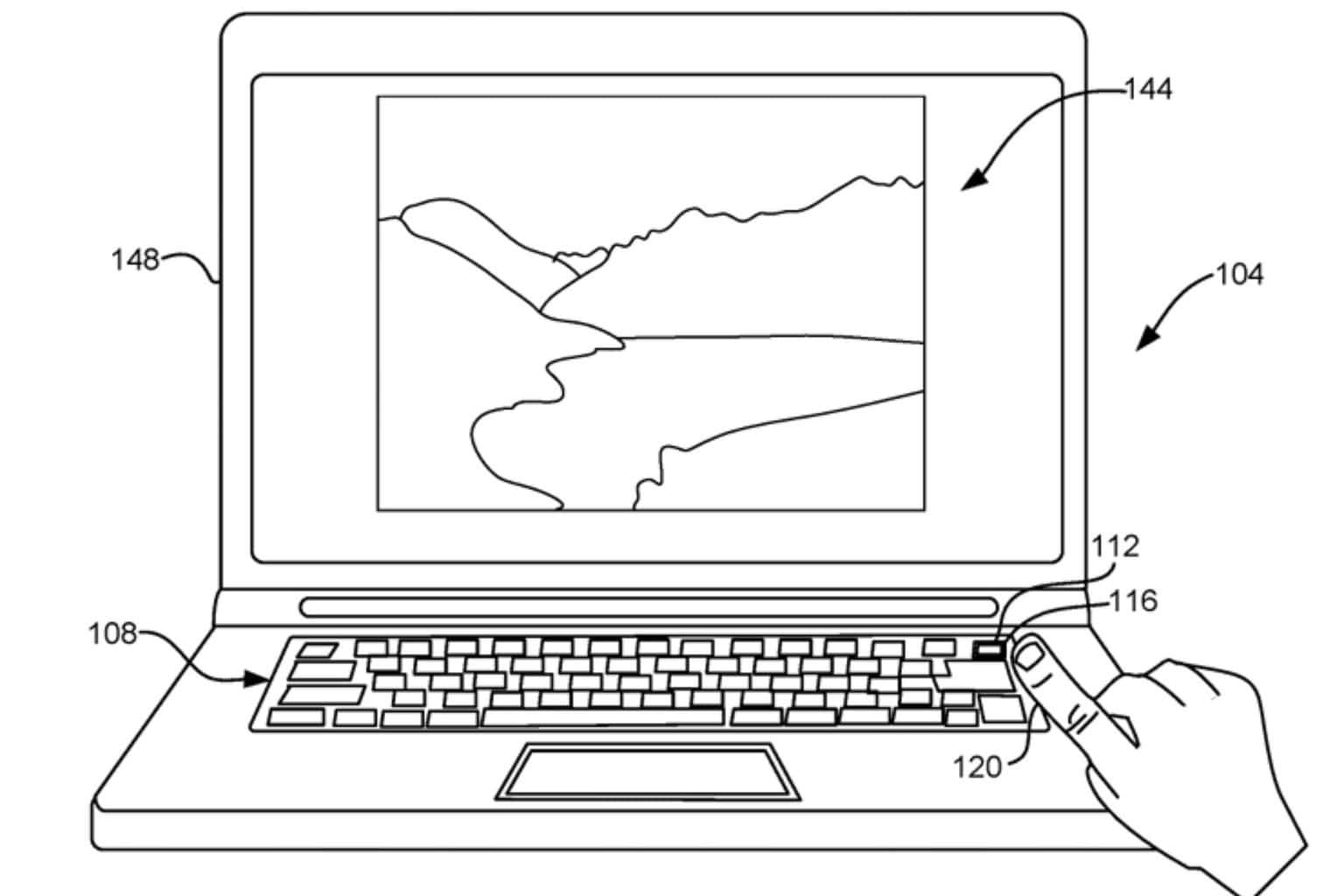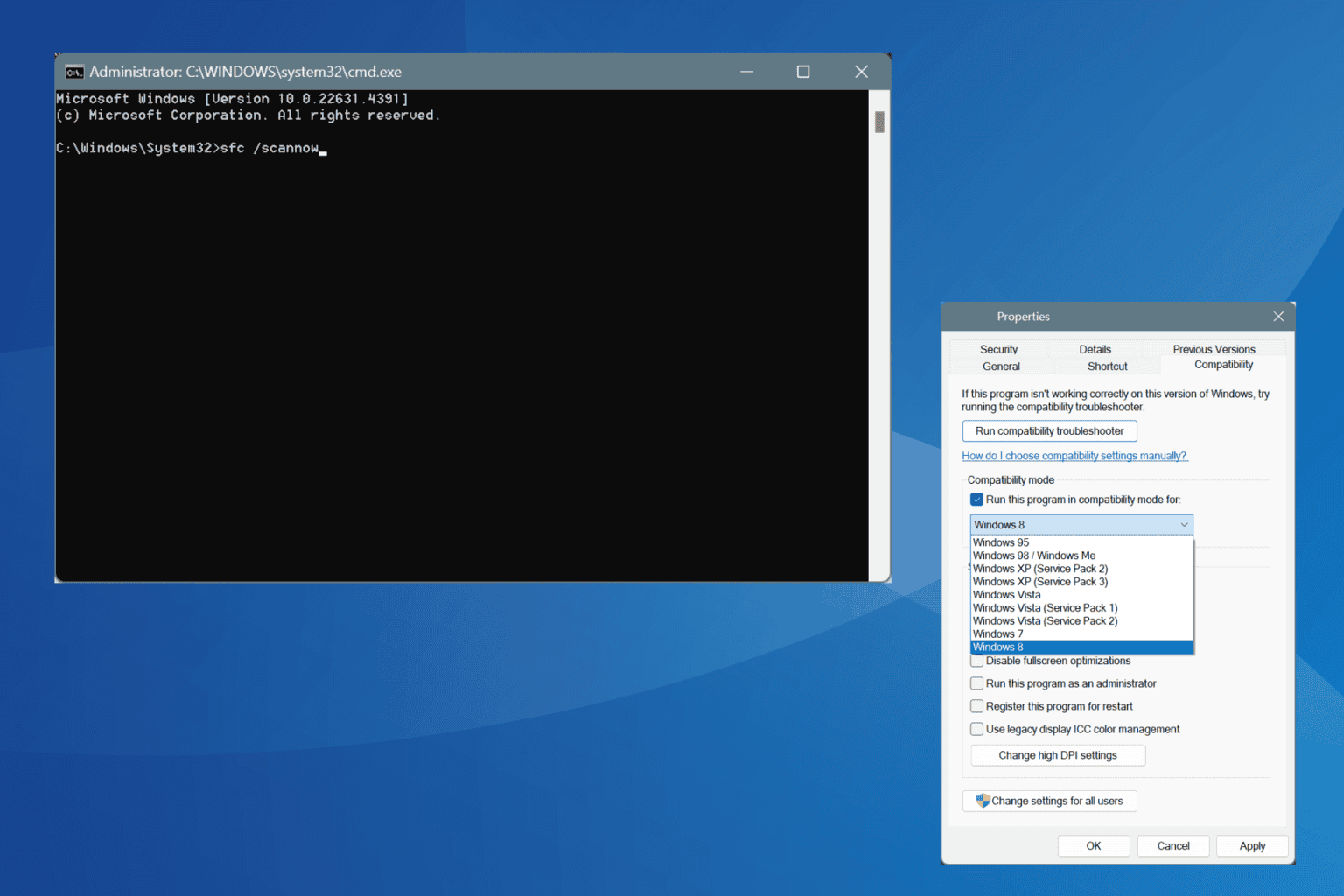Microsoft signs up another eSIM maker, could sell data connectivity directly from Windows 10 devices
2 min. read
Published on
Read our disclosure page to find out how can you help Windows Report sustain the editorial team. Read more
Oberthur Technologies has announced its new eSIM technology, which is certified for use with Windows 10. The eSIM “card” takes the role of a SIM card but eliminates the need for a physical chip, instead relying on software to allow you to switch modify your contract (or even provider) at will.
The eSIM card’s usage is highlighted not just for mobile devices, but for compatible laptops and tablets. Ideally, using this eSIM technology, these devices will no longer need to be tied down to WiFi networks in order to gain connectivity, and will instead be able to consume data much in the way that a cell phone would.
Up until now, laptop and notebook computer users wanting to connect to a cellular network had to plug a physical SIM card into their device. With this eSIM, the physical and Mobile Operator parts of the SIM are separate and the latter can be reprogrammed remotely, which means greater flexibility for users when selecting a network of their choice. This technology will eventually enable them to stay connected on the move, without access to WiFi, by selecting one of the available cellular networks on their device, thus using mobile data in an easy and secure manner.
Just yesterday we wrote about TV White Space (TVWS) and Microsoft’s push to bring that connectivity to the United States. The introduction of this eSIM technology alongside potential TVWS coverage could potentially open up a number of opportunities for connectivity all across the nation.
Microsoft also introduced a Cellular Data app on the Windows Store last year, which allowed users to purchase data on the go, assuming they had a SIM card to work with. At the time it seemed like this was odd – given that not many Surface models have LTE connectivity – but this technology could give it new purpose.








User forum
0 messages